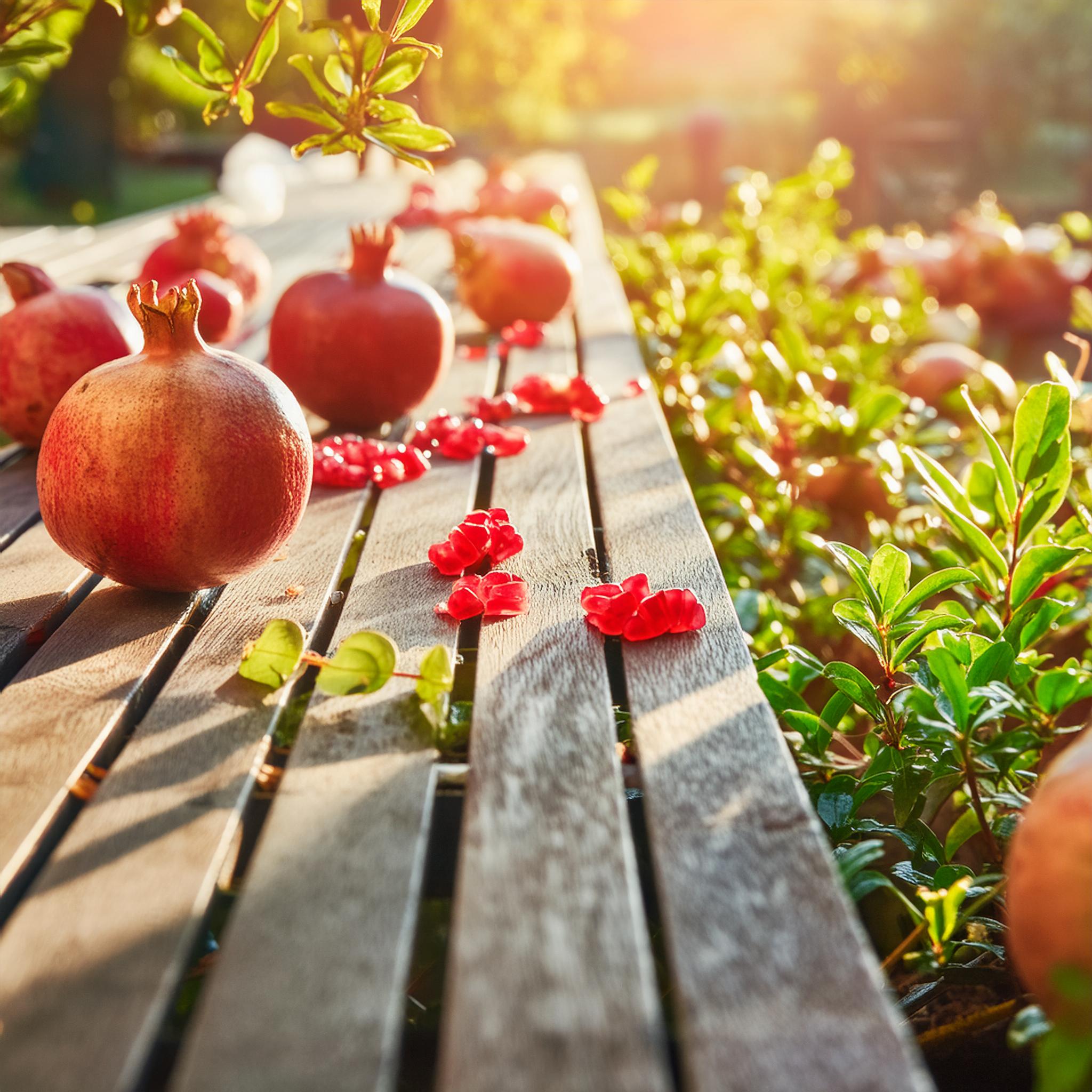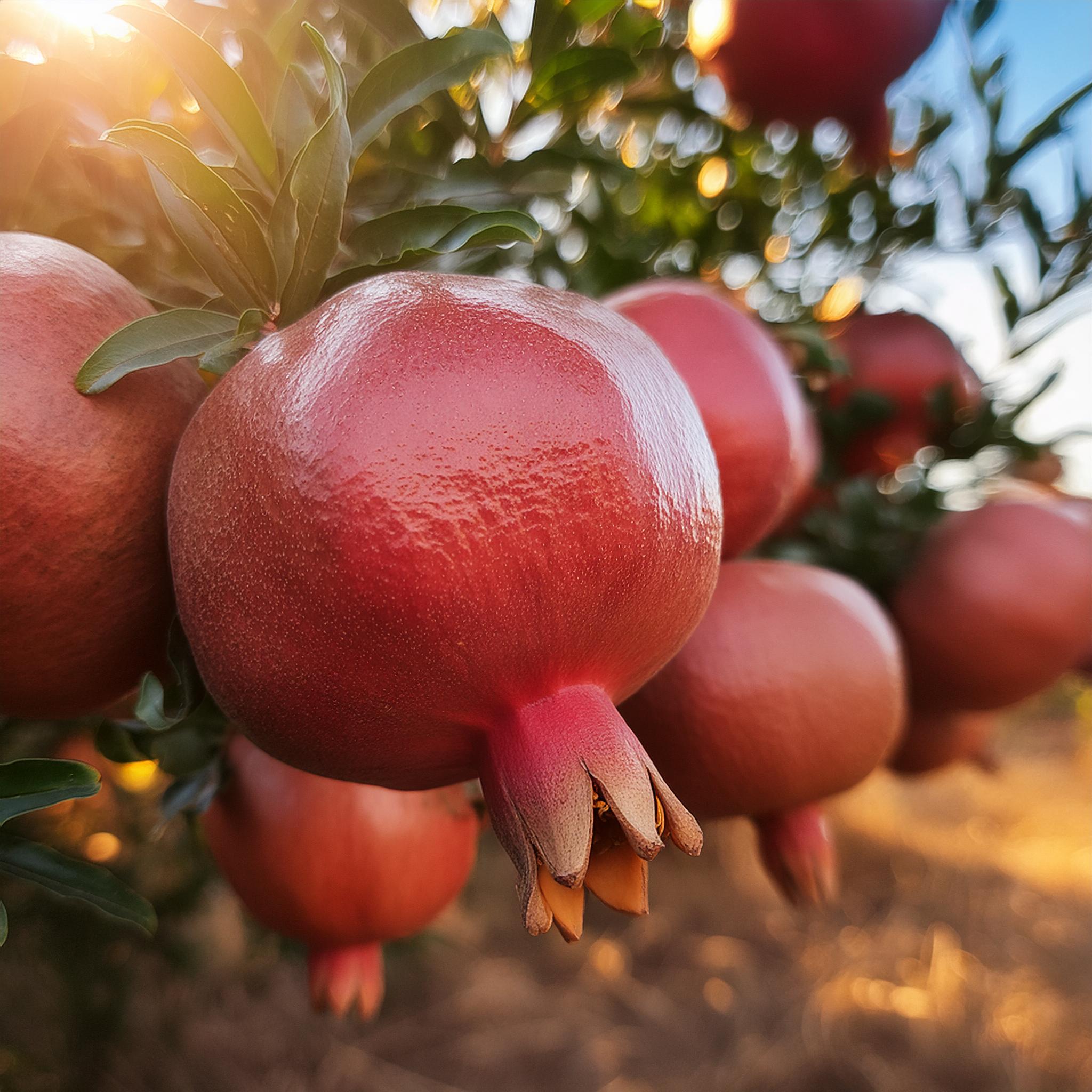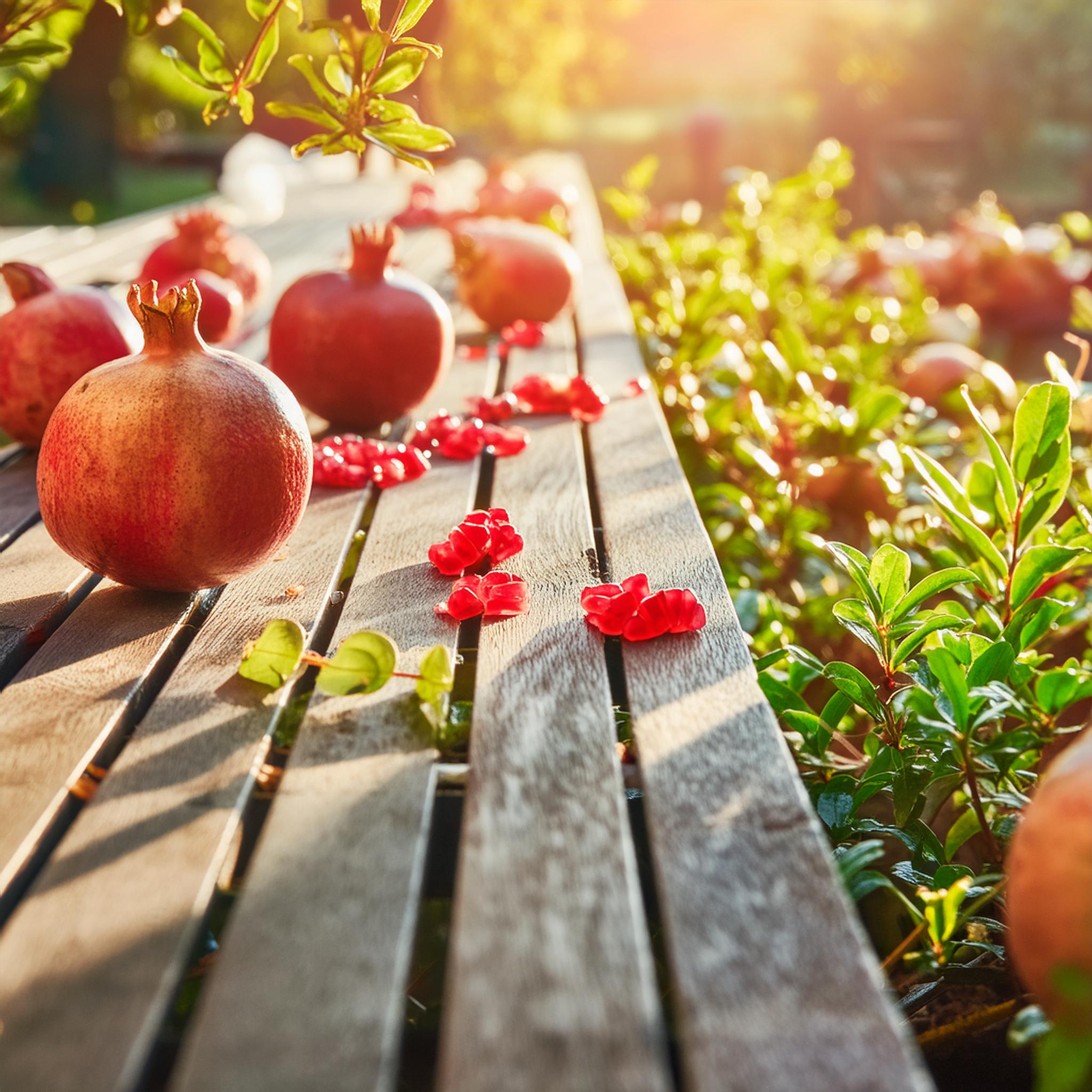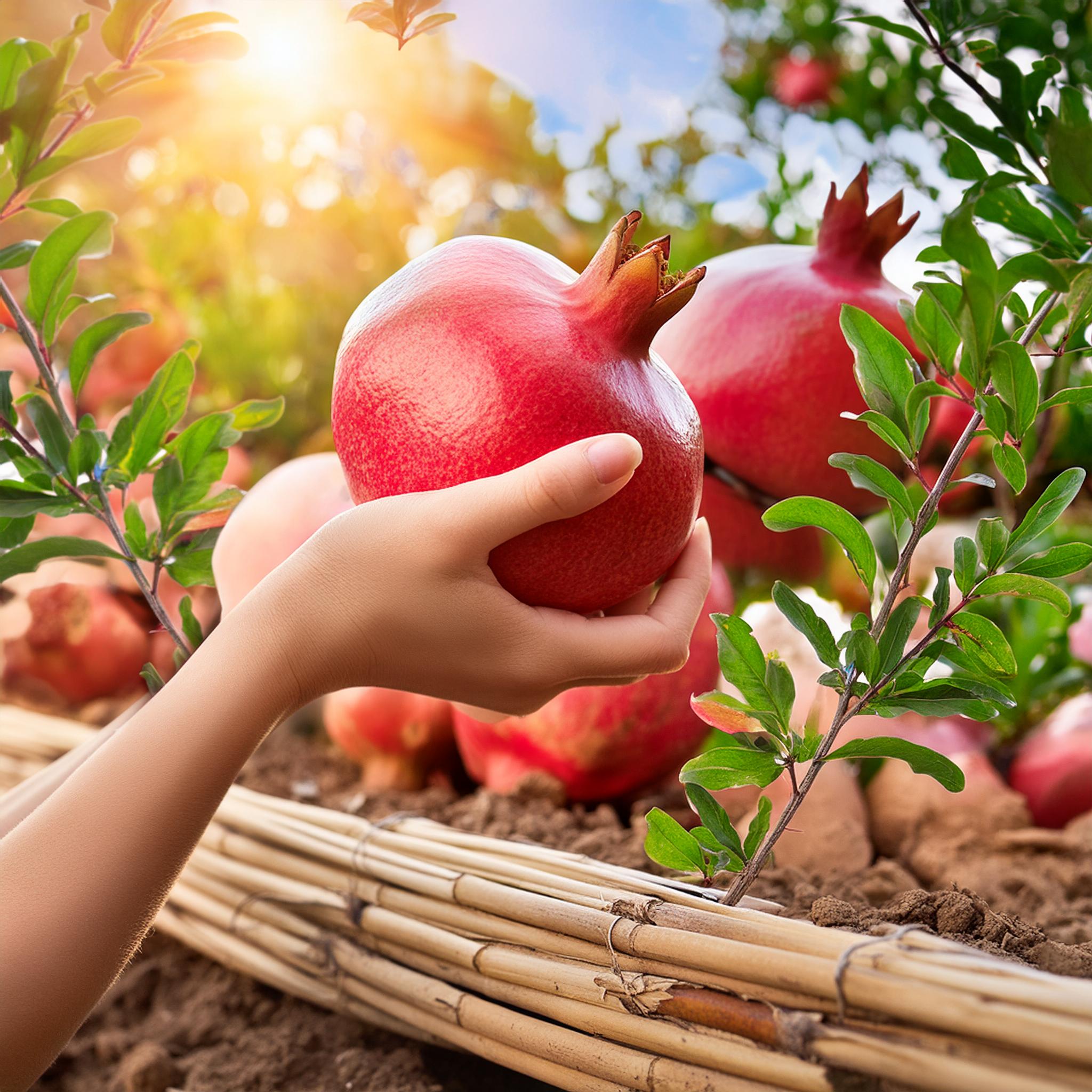-
Troppo Plant & Garden Articles
- Delicious Recipes
- TROPPO’s Food Forest in Te Puke, BOP (www,foodforest.org.nz)
- Troppo’s Plant Collection
- TROPPO's Nursery Directory
- Food Forests of New Zealand (www.foodforests.nz)
- Nursery Map - Plant Suppliers of NZ Directory (www.nurserymap.nz)
- Kids Garden Corner
- New Zealand Garden Bird Survey
- New Zealand Garden Groups
How to Plant and Grow Pomegranates: A Step-by-Step Guide

Pomegranates are not only deliciously juicy but also rich in antioxidants, making them a fantastic addition to any garden or orchard. If you’re considering growing your own pomegranate tree, this comprehensive guide will walk you through everything you need to know, from planting to harvesting.
#### Choosing the Right Variety
Before planting pomegranates, it’s important to choose a suitable variety for your climate and preferences. Some popular varieties include:
– **Wonderful**: Known for its large, sweet fruit and vibrant red arils.
– **Angel Red**: Produces early and consistently.
– **Ambrosia**: Has soft seeds and a sweet taste.
– **Parfianka**: Known for its exceptionally sweet and flavorful arils.
Research the varieties that thrive in your USDA hardiness zone to ensure successful growth.
 #### Ideal Growing Conditions
#### Ideal Growing Conditions
Pomegranates thrive in warm climates but can also be grown in containers in cooler regions. Here are the ideal conditions for planting pomegranates:
– **Climate**: Pomegranates prefer zones 7-10, but some varieties can tolerate colder temperatures with protection.
– **Sunlight**: Full sun is essential for fruit production. Place your tree where it will receive at least 6-8 hours of sunlight daily.
– **Soil**: Well-draining soil is crucial. Sandy loam with a pH between 5.5 and 7.5 is ideal.
– **Water**: While pomegranates are drought-tolerant once established, they benefit from regular watering, especially during dry spells.
#### Planting Pomegranates
Follow these steps to plant your pomegranate tree:
1. **Choose a Location**: Select a sunny spot with well-draining soil. Ensure there is enough space for the tree to grow, as pomegranates can reach 15-30 feet in height.
2. **Prepare the Soil**: Amend the soil with organic matter like compost before planting to improve drainage and fertility.
3. **Dig a Hole**: Dig a hole twice as wide and as deep as the tree’s root ball.
4. **Planting Depth**: Place the tree in the hole so that the soil level matches the level of the nursery container.
5. **Backfill**: Fill the hole with soil, gently pressing down as you go to remove air pockets.
6. **Water**: Give the tree a thorough watering to help settle the soil around the roots.

#### Care and Maintenance
To ensure healthy growth and fruit production, follow these care tips:
1. **Watering**: Water deeply but infrequently, allowing the soil to dry out between waterings. Avoid overwatering to prevent root rot.
2. **Fertilizing**: Apply a balanced fertilizer in early spring and again in late spring. Use a fertilizer formulated for fruit trees, following package instructions.
3. **Pruning**: Prune pomegranate trees in late winter to remove dead or crossing branches and shape the tree. This encourages airflow and light penetration.
4. **Mulching**: Apply a layer of mulch around the base of the tree to retain moisture, suppress weeds, and regulate soil temperature.
5. **Protection**: Protect young trees from frost by covering them with blankets or using frost cloth during cold spells.
Harvesting Pomegranates

Pomegranates typically mature in 5-7 months after flowering. Here’s how to harvest them:
1. **Timing**: Harvest when the fruit’s skin turns a deep red or yellowish-red color and feels firm.
2. **Cutting**: Use sharp pruners to cut the fruit from the tree, leaving a short stem attached.
3. **Storage**: Store harvested pomegranates in a cool, dry place or refrigerate them for longer storage.
#### Benefits of Growing Pomegranates
Growing your own pomegranates offers numerous benefits:
– **Nutritional Value**: Pomegranates are packed with antioxidants, vitamins, and minerals.
– **Freshness**: Enjoy the taste of homegrown fruit straight from your garden.
– **Aesthetic Appeal**: Pomegranate trees add beauty to your landscape with their attractive foliage and vibrant fruit.
#### Conclusion
Planting and growing pomegranates can be a rewarding experience, whether you’re a seasoned gardener or a novice. By providing the right conditions and care, you can enjoy a bountiful harvest of this delicious and nutritious fruit. Follow these guidelines to cultivate healthy pomegranate trees that will thrive for years to come.



